Review
DS sits at the fancier end of the Stellantis brand portfolio with plusher interiors, more upmarket designs and advanced features.
Prices are also higher than the equivalent Peugeot or Vauxhall models, which means the DS 4 battles against premium-segment rivals such as the Audi A3 and Mercedes A-Class – both of which are major players in fleet.
At £41,225 (p11d), the DS 4 E-Tense Pallas costs pretty much exactly the same as an Audi A3 40 TFSIe S Line (£41,405) and the Mercedes A 250e AMG Line Executive (£41,000). We also think it’s worth considering the Cupra Leon eHybrid V2 (£41,195).
And the DS is immediately on the back foot as it’s the only model of the four that attracts a 13% benefit-in-kind (BiK) tax band. The Mercedes sits in the 9% band, while the VW Group duo slip into the 6% band. That means drivers will have to pay a premium to have a DS 4.
A 20% taxpayer will pay £90 per month in tax for the DS, whereas a Cupra driver faces a much lighter £41 bill.
The tax difference is down to driving range in electric mode. DS claims 35 miles, while the Mercedes manages 50 and the Audi and Cupra can both do more than 80.
While that means more electric driving is possible, it also benefits real-world fuel consumption. Our DS 4 is currently averaging 50mpg, but in the Leon you can achieve 60.
The Audi and the Cupra use the same 1.5-litre turbocharged petrol engine and electric motor setup, delivering 204PS. That’s enough for a 0-62mph time of 7.4 seconds in the A3 and 7.7 seconds in the Leon. The A250e has a 1.3-litre engine with 218PS and matches the Audi’s acceleration time.
With 225PS, the DS 4 is the most powerful. It only matches the Cupra’s 7.7-second 0-62mph time, however.
When it comes to running costs, it’s another loss for DS. Data from the Fleet News Running Costs Tool shows the Cupra Leon is the cheapest car to run at 39p per mile over a four-year (80,000-mile) cycle. Next up is the Audi, at 41ppm. The Mercedes costs 45ppm, while the DS lingers at the bottom of the table with 47ppm.
DS loses out due to a higher fuel cost, resulting from that shorter electric range, and a weaker residual value. It’s predicted to retain just 23.6% of its list price after four years, while the Leon retains 32.3%.
The DS 4 claws back some dignity when it comes to design. It’s a great looking car with some eye-catching details that give it a more unique look. Ride and refinement are also really impressive. At higher speeds it has a very quiet cabin and the suspension handles rough roads gracefully.
With such a big gap in BiK costs, no additional performance and its limited electric range, the DS 4 doesn’t do enough to stand out among its more competent rivals. The Cupra is the more obvious fleet choice in this quartet, offering the lowest running costs and best value along with excellent driveability.
Not enough buttons
Former senior traffic commissioner Beverley Bell told a meeting of fleet decision-makers there was “absolutely” a risk that drivers are being distracted by increasingly touchscreen focused in-car technology.
“The risk of distraction is going to get worse. It used to be, don’t use a mobile phone while driving, but now in-vehicle tech is a growing danger,” she told our Fleet200 Strategy Network meeting in February.
Now, I’m not singling out the DS4 as being a particular example of what Bell was referring to, but I have had cause to drive more than 1,000 miles in the car in the last three weeks – moving parents around the country – and her warning echoed in my mind.
As an example, if you’re using Apple Car Play, with route guidance and Spotify songs displayed, you press a centre console button to change what’s displayed on the 10-inch touchscreen.
Then you make your ‘climate’ choices – fan speed, heat and vents – before pressing a small icon in the top right of the screen to go back to Apple Car Play. It’s quite a small icon and I miss it as many times as I hit it first time (since I’m trying to concentrate on the road).
There’s a similar process to toggling on and alerting the heated seat temperature, only this time involving the DS Smart Touch additional touchscreen below the centre console.
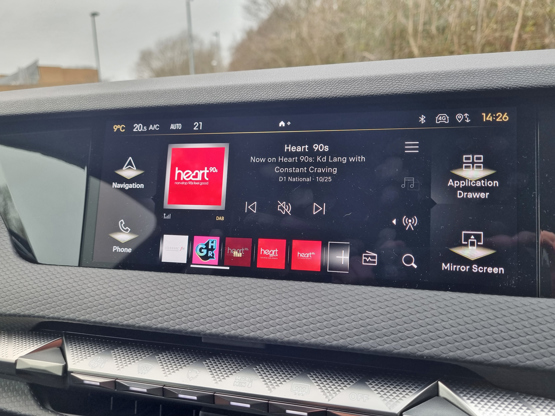
Use a finger to press on this screen for a second or two to bring up options on the main display, move your finger to the seat heater icon, then touch on the larger screen to make your choices of temperature.
Is it a generational issue that makes this seem more of a hazard than a physical dash dial or switch (I’m old)?
Or does tech like this, appearing increasingly as standard in new cars and vans, make a more thorough vehicle handover to familiarise drivers to carrying out basic functions safely a must?
Let me know in the comments box below.
Having said the above, ‘the 4’ has been a dream car for eating up the miles on A and B roads and motorways. In six lengthy trips I never felt a pain or ache in return journeys of more than 200 miles.
I had my doubts about fitting everyone and everything in.
But there were three adults in the car, plus two suitcases on the back seat and a wheelchair in the boot (it took up all the space) with everyone comfortable and everything securely stowed for journeys up to three hours long.
Traffic sign recognition, lane keeping assist and fatigue/take a break warnings helped keep me alert and safe.
One clever subtlety of the layout of the interior tech is the positioning of the wireless smartphone charger. It sits in the storage box tucked under the centre console, well out of the way from causing driver distraction. There’s a lid too to really put it out of sight and mind.
So, for high mileage drivers, consider the DS 4.
Range and mpg
Our DS 4 uses a plug-in hybrid powertrain shared with numerous other Stellantis models. It’s based around a 1.6-litre turbocharged petrol engine and an eight-speed automatic gearbox with an integrated electric motor.
The total power output is 225PS, which gives a brisk 0-62mph acceleration time of 7.7 seconds.
A 12.4kWh battery is integrated into the car’s chassis and enables a zero-emission range of 34 miles (WLTP). Official CO2 emissions are 33g/km, so for the 2025/26 tax year the DS 4 Plug-in Hybrid attracts a 13% benefit-in-kind tax rate. For our car, that means monthly bills of around £91 for a 20% taxpayer.
The claimed fuel economy figure is 232mpg, but we’re not expecting anywhere near that in the real world.
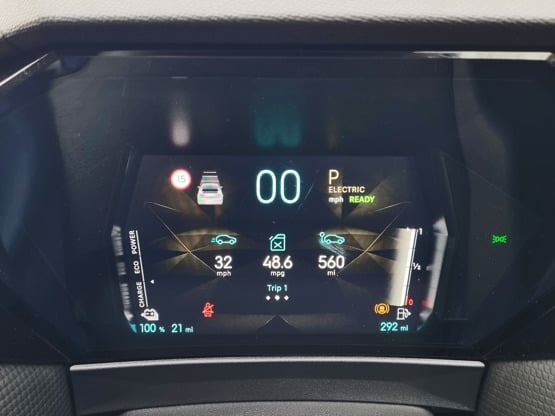
Since joining our fleet the DS 4 has been averaging 48.6mpg.
Our experience is also showing a realistic electric range of about 22 miles, rather than the claimed 34.
It’s enough for short commutes, but on longer journeys the engine does most of the work. This brings down the average efficiency quite considerably. When a colleague borrowed the car for a week, who does lots of short journeys, he managed to return 60mpg. So driving patterns make a big difference.
The 225PS powertrain has good performance. Even in electric mode it’s fine for nipping about. When you do want full power there can be a little delay from the time you prod the throttle to when the engine delivers the goods. When it does get going, the acceleration is brisk.
Refinement levels are high and in normal driving it’s difficult to tell if the engine is on or not.
When it comes to charging, our car has the optional 7.4kW on board charger meaning it can make full use of a typical home wallbox. A full charge takes around two hours here. If you only have a three-pin plug then it’ll take seven hours.
Without the upgraded charger the DS 4 can only charge at 3.7kW, with a full charge taking almost four hours.
DS 4 Pallas Plug-in Hybrid joins our fleet
There’s no escaping the fact that the DS 4 is an unconventional pick. Sitting in the premium hatchback segment its key competition includes the Audi A3, BMW 1 Series, Cupra Leon and Mercedes A Class.
And if you peek at the sales figures for each of those, you’ll find the DS lingering in shadows.
That’s a shame, though, because the DS 4 has many likable attributes. It’s the most eye catching of the bunch, for starters. That distinctive front grille, those giant LED light strips and the electrically retracting chrome door handles all set the DS 4 apart from the mainstream.
But French luxury cars have always struggled in the UK market, where people prefer gloss black trim, big wheels and sparse interiors, rather than plush upholstery and exquisite design.
The DS 4 aims to bridge that gap. It fuses French luxury with a sporty flair. Using the Stellantis EMP2 platform, which is shared with the Peugeot 308 and Vauxhall Astra, it targets the premium side of the hatchback market.

Our test model is specified in Pallas trim, which is the entry-level grade, and we’ve opted for the Plug-in Hybrid 225 powertrain.
The standard specification is generous and includes keyless entry, adaptive cruise control, LED headlights, front and rear parking sensors with reversing camera, electric folding door mirrors and a 10-inch infotainment touchscreen.
In fact, we can’t really see the advantage of paying £2,800 more for the higher-ranking Etoile trim as most of the extra features can be added to the Pallas via the £650 Comfort Pack, which includes heated front seats, a motorized tailgate and tinted rear windows.
So that’s exactly what we did. Our car also has upgraded 19-inch alloy wheels (£150) and a 7.4kW on board charger (£300).
The ‘Night Flight’ paint was an additional £645, bringing the total price to £42,375.
Author:
Fleet News
Specs
| Manufacturer | Ds |
| Model | DS 4 Hatchback |
| Specification | Ds DS 4 Hatchback 1.6 Plug-in Hybrid 225 Pallas 5dr EAT8 |
| Model Year | 2024.00 |
| Annual VED (Road tax) | £110 |
| BIK List Price | £41,225 |
| Range | 35.00mile(s) |
| CO2 | 33g/km |
| BIK Percentage | 12% |
| Insurance Group | N/A |
| CC | 1,598 |
| Fuel Type | Petrol Parallel PHEV |
| Vehicle Type | Medium car |
| Luggage capacity (Seats up) | 390litres |
| Doors | 5 |
Running Costs
| P11D | £41,225 |
| Cost per mile | 56.21ppm |
| Residual value | £12,025 |
| Insurance group | N/A |
| Fuel Type | Petrol Parallel PHEV |
| Cost per mile | 233.08ppm |
| Fuel | 2.87ppm |
| Depreciation | 227.30ppm |
| Service maintenance and repair | 2.91ppm |
Rivals
Info at a glance
-
P11D Price
£41,225
-
MPG
232.3 (WLTP) -
CO2 Emissions
33g/km -
BIK %
12% -
Running cost
3 Year 60k : £12,025 4 Year 80k : £9,725 -
Fuel Type
Petrol Parallel PHEV -
Range
35.00mile(s)



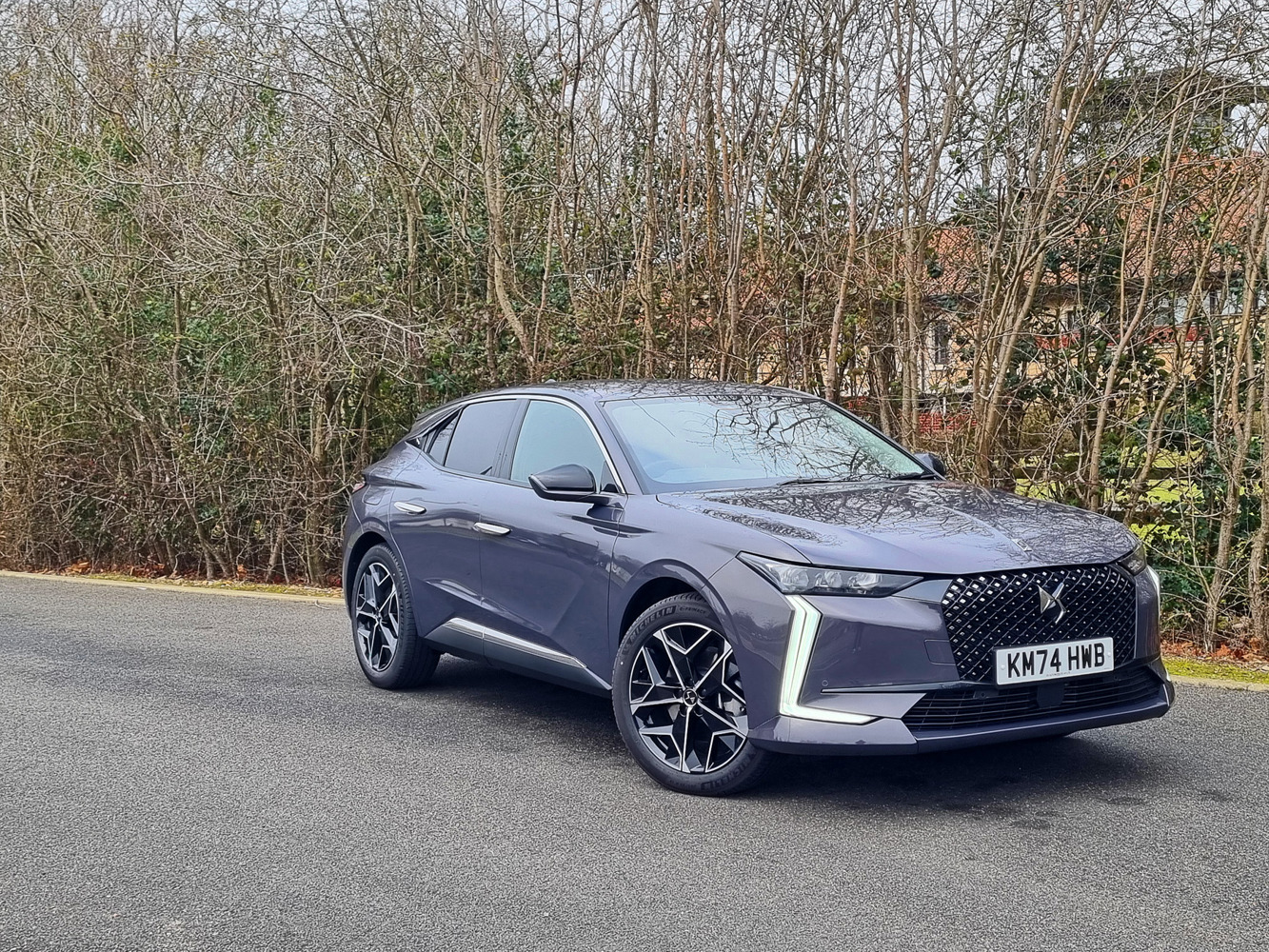
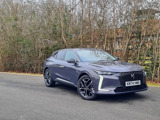



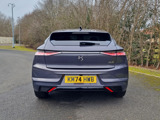


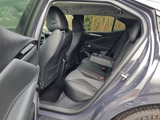
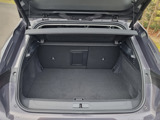
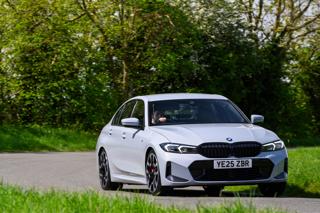
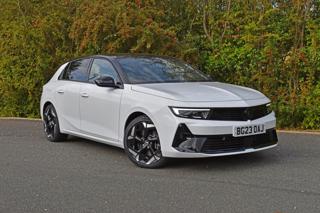
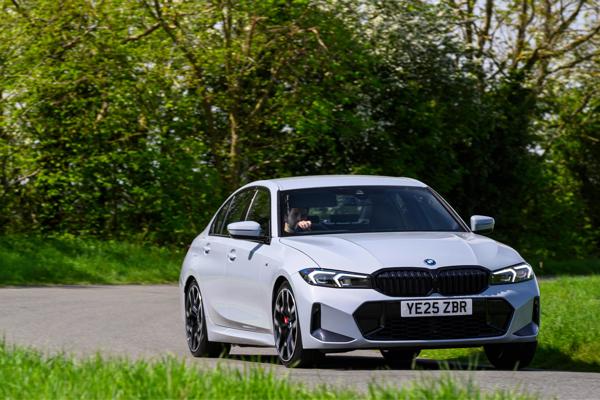
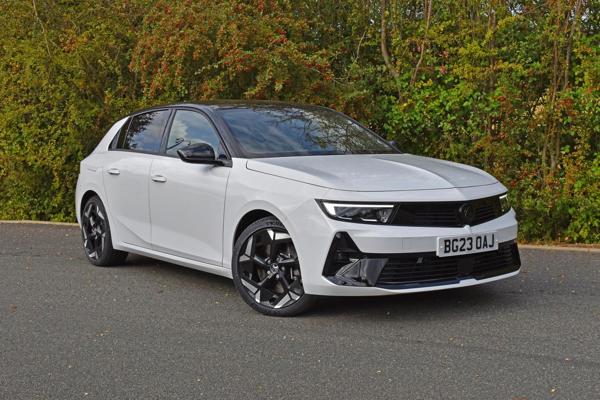
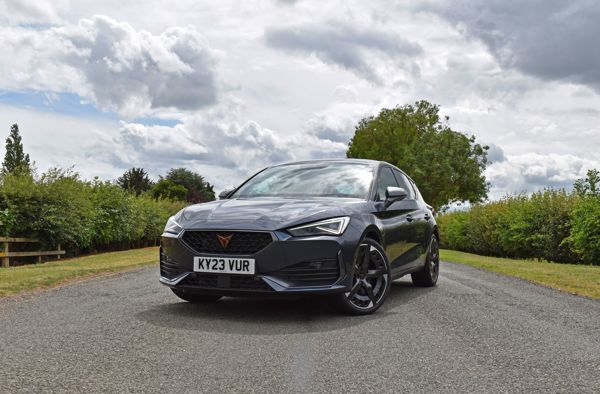
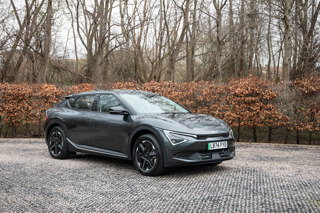
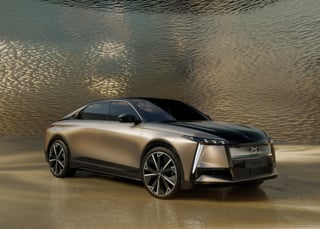
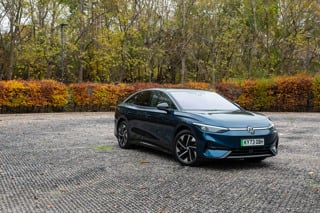
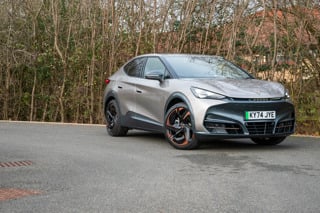
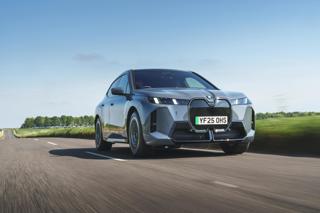












Login to comment
Comments
No comments have been made yet.